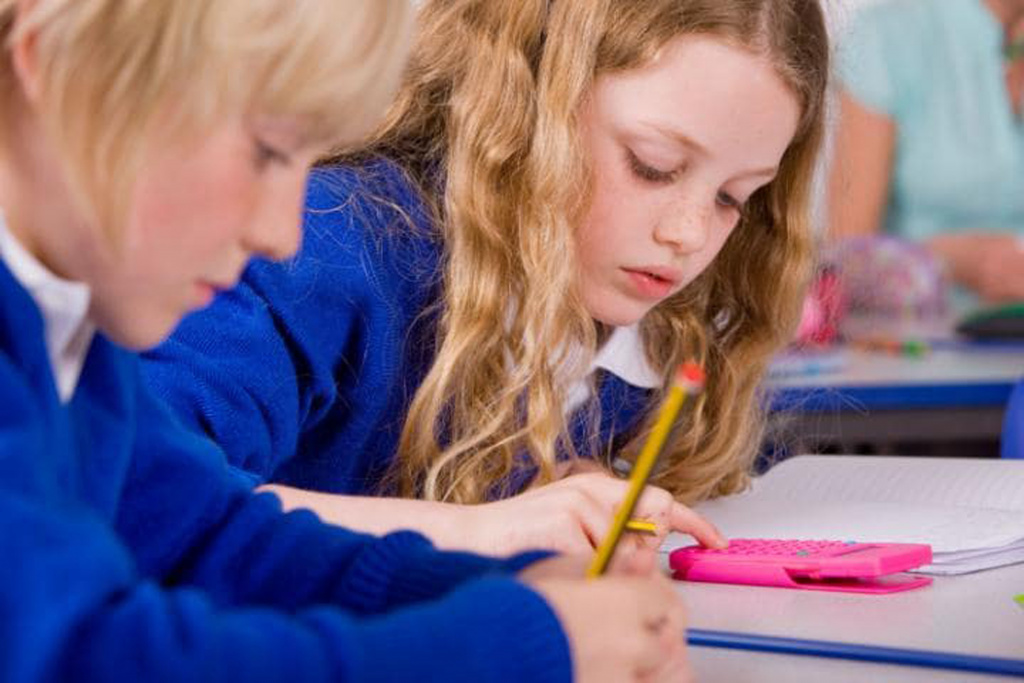
One of the greatest challenges facing classroom practitioners is engaging children in their learning. When that lesson is mathematics, the level of challenge is easily doubled! In this article, I would like to share a range of mathematical activities which can engage and enthuse even the most reluctant learners, or those facing additional challenges to their learning. Along the way, I’ll share the thinking behind the resources and introduce an exciting new venture which encourages your learners to explore a mathematical landscape and share their ideas with a worldwide audience.
During my classroom career I have been incredibly lucky to work in a hospital school. If you’re not familiar with hospital schools, I can highly recommend them for developing your teaching skills for learners with additional needs. Each day I would face the usual mixture different abilities, backgrounds and languages found in any classroom. The additional challenge of meeting their health issues, and possibly family crises too, honed my differentiation skills and forced me to discover ways to engage vulnerable learners.
As a hospital school teacher, my preparation time was often minimal. Although some children were long term patients, others might have been admitted overnight and added to the school rota that morning. Accessing high quality, engaging resources which spanned a wide attainment range became key to the success, or otherwise, of my maths lessons. NRICH resources offered terrific potential for this with whole class activities; I learnt the value of ‘low threshold, high ceiling’ (LTHC) resources.
The best way to understand the value of LTHC ceiling resources is to explore an example. This activity is called Dicey Operations and was one of my favourite games with the young hospital patients. They could happily keep playing long after our maths lesson had finished. I have since found it to work just as successfully in mainstream schools, both at primary and secondary levels. We’ll explore the multiplication version but the game can be adapted for the other calculation operations too. The challenge is to make the closest possible number to 500 by multiplying a two-digit and two-digit number and using the digits you generate by rolling a die. The game is very quick to set up, you only need a dice, paper and a pencil.
Draw the following four boxes (or use squared paper):

If you roll your die and get a five, where is the best place to put it? Bearing in mind that our target number is 500, what is the effect of placing a five in either the tens or ones position? This game really tests the players’ understanding about place-value in mathematics. What difference would it make to your decision if you rolled a one or a two? When introducing this game for the first time, it can be helpful to let the children play it a few times before focusing on those probing questions. You won’t have a problem encouraging them to keep playing, it is almost infectious as they strive to hit the 500 target. It is also very adaptable. The children can either play competitively or work collaboratively to hit their target. They can also alter their target number, the number of boxes they need to fill or even the calculation operation itself. There are also versions of the game for much younger children, such as Dicey Addition and Nice and Nasty.